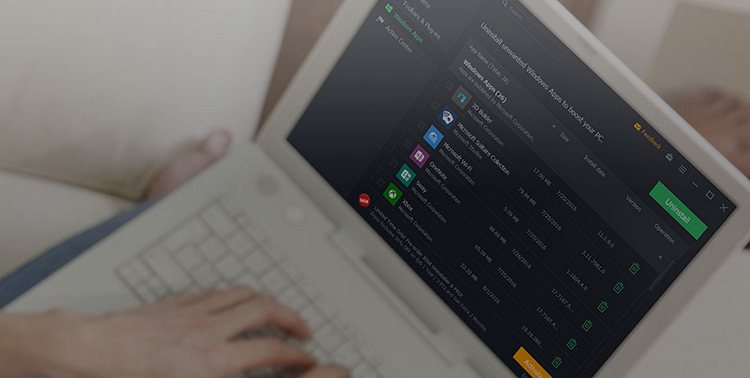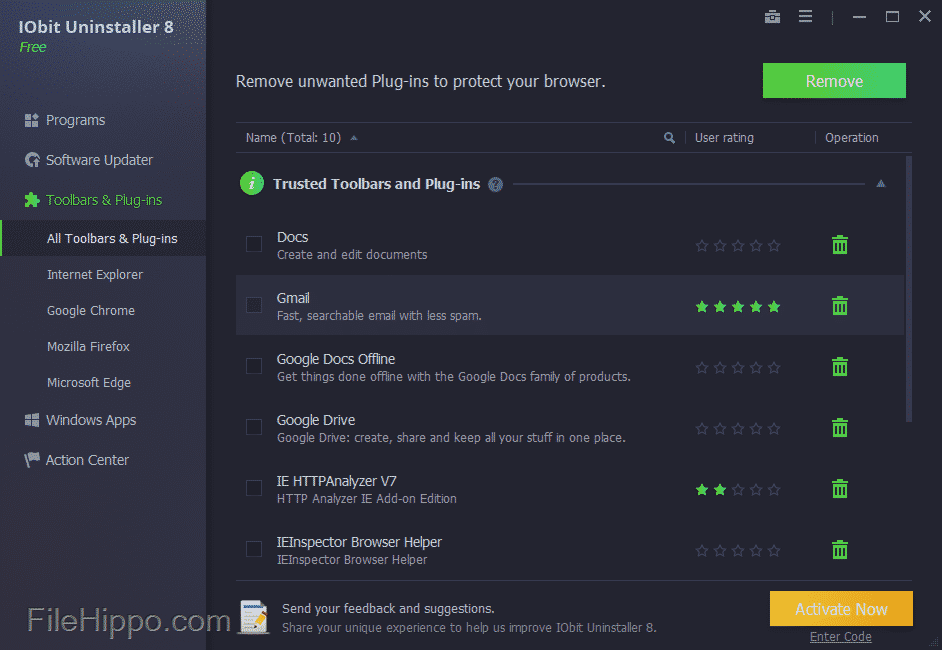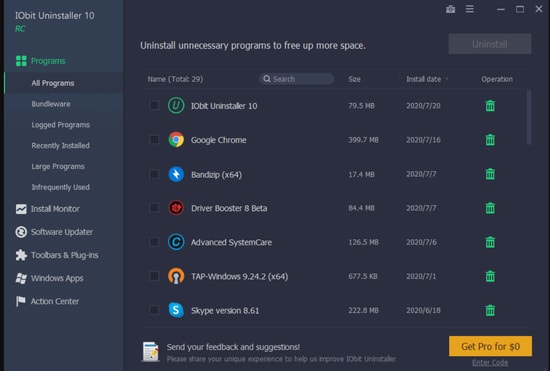


It’s possibly expected that sometimes a file or two or a registry key is left behind, but sometimes there are literally hundreds or even thousands that remain which isn’t good news for an efficiently run system. This is especially true with system utilities and security software or software which installs a large amount of information and data. While this might not be a major problem at the time, it can cause potential issues down the line. Unfortunately, as is the case with just about all versions of Windows, quite often this doesn’t completely remove all traces of the files, folders and registry entries used by the software and these get left on your system.

When you choose to uninstall the software, you simply use the programs dedicated shortcut icon or go through Add/Remove or Programs and Features in the Control Panel. As you know, whenever you install a piece of software it will install several files and probably registry entries on the system in order to work.


 0 kommentar(er)
0 kommentar(er)
